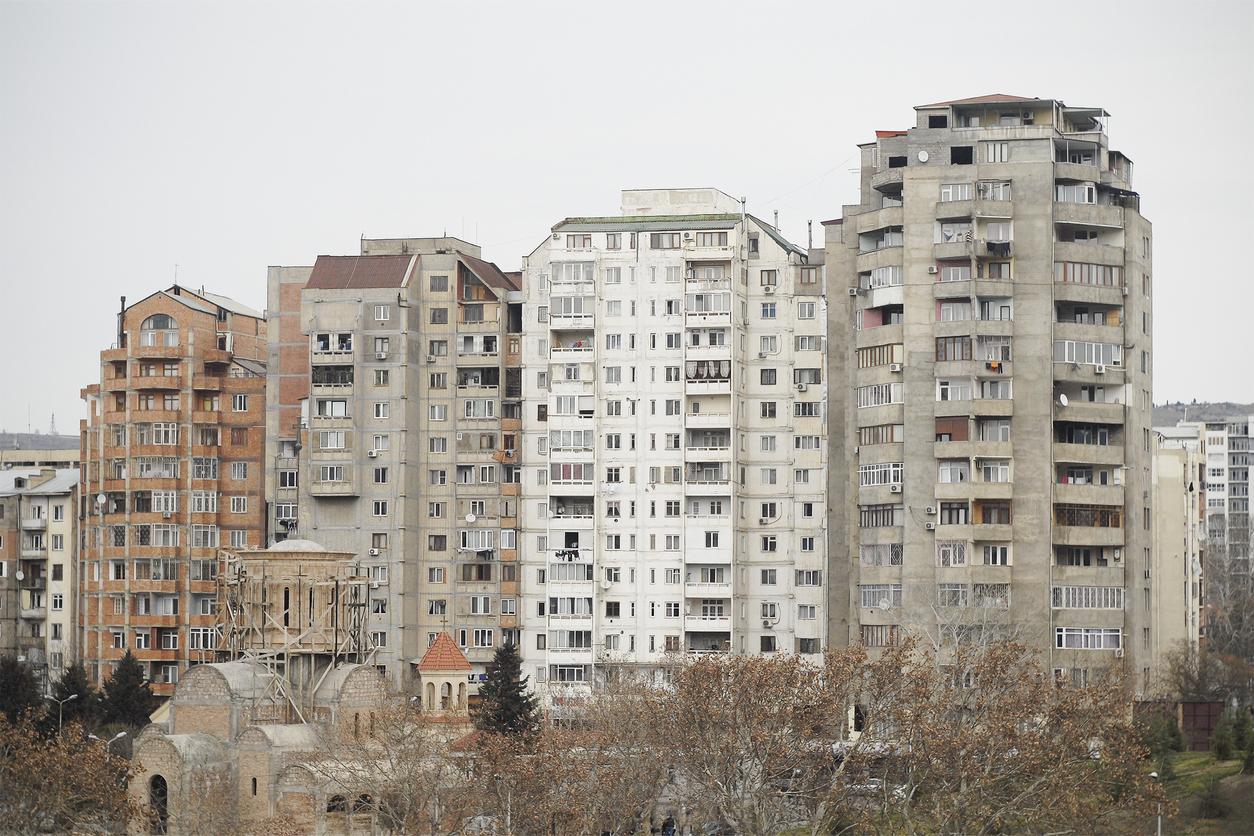The Regional Group of Climate Experts (GREC) recently published a report on the impact on climate change in the Provence-Alpes-Côte d’Azur region, this region being “due to its particular geographical context […] like the whole Mediterranean basin a ‘hotspot climate change”. Heat waves, fires and natural disasters are on the rise, bringing with them health risks.
Natural disasters leading to post-traumatic stress
The report begins by analyzing the psychosocial impact of natural disasters on the region’s inhabitants. The latter may be suffering from “post-traumatic stress” or exposed to “anxiety disorders (for example, panic attacks or certain phobias), depressive disorders and, in some cases, disorders related to the use of psychoactive substances” .
Studies carried out after a flood in the Vaucluse in 1992 even demonstrated “the persistence of symptoms several years after the events”.
Tropical diseases, respiratory problems and increase in allergies in sight
In the years to come, climate change could favor the multiplication of ticks and tiger mosquitoes, and therefore of the diseases associated with them (Lyme disease, dengue fever and chikungunya). An increase in air pollution is also to be expected, leading to irritative symptoms, asthma and respiratory failure but also cardiovascular problems.
Allergies are also to be feared in the near future. An increase in the concentration of CO2 in the atmosphere would lead to a multiplication of pollens, causing more allergies. Also, the rise in temperatures would lead to an increase in molds, a powerful allergen, favoring the development of dust mites.
Protecting people at risk and improving urban space
The GREC warns of the importance of reducing greenhouse gas emissions and gives a series of recommendations to regional players. It will therefore be necessary to pay particular attention to vulnerable and precarious people (for example by adapting the working hours of outside workers), to adapt urban planning in order to fight against “heat islands” (better choice of orientations, materials and colors of the buildings) and to develop the presence of nature in the city while choosing the least allergenic plants possible, the plants contributing to absorb greenhouse gases and to refresh the air thanks to evapotranspiration.


















